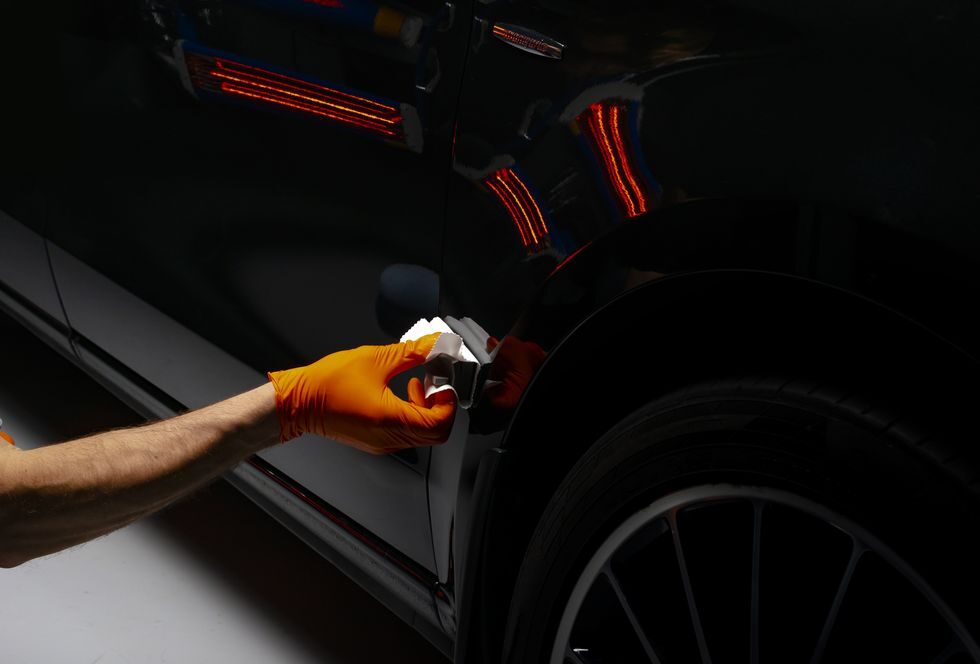Car paint is a complex mixture of chemicals that work together to create a durable finish that is both aesthetically pleasing and resistant to the elements. It is made up of a variety of components, including pigments, resins, solvents, and additives. The chemistry of car paint is very important in order to achieve the desired look and protection. Understanding the components of car paint and how they interact with each other can help you make the best choice for your vehicle.
Car Paint Composition 101
Car paint is an essential component in the overall look of your vehicle. It is composed of many different materials, all of which play a role in the appearance and durability of the paint job. The base of the paint is a combination of pigments, solvents, and resins. Let’s break down each component and its use:
Pigments: Pigments are the colourants that give the paint its colour and opacity. They are usually made up of inorganic compounds such as iron oxide, titanium dioxide, and chromium oxide. The type and amount of pigment used will affect the colour, opacity, and durability of the paint.
Resins: Resins are the binding agents that hold the pigment particles together and make the paint more durable. They are usually composed of synthetic polymers such as acrylics, polyurethanes, and epoxies. The type and amount of resin used can affect the gloss, hardness, flexibility, and durability of the paint.
Additives: Additives are used to improve the performance of the paint. They can be used to adjust the paint’s gloss, hardness, flexibility, and drying time. Common additives include silica, waxes, and UV protectants.
Solvents: Solvents are used to dilute the paint and keep it in liquid form. They are typically made up of organic compounds such as toluene, xylene, and acetone. The type and amount of solvent used can affect the drying time, flow, and viscosity of the paint.
Effects of Car Paint Chemistry
The chemistry of car paint plays an important role in the look and longevity of your vehicle’s paint job. Different combinations of pigments, solvents, resins, and additives can create different effects, from a glossy finish to a matte finish. Additionally, the chemistry of car paint can help to protect the paint from UV rays, chemicals, and other environmental factors.
The overall effect of car paint chemistry is dependent on the components used and how they interact with each other. The type of paint used can affect the colour, gloss, and longevity of the car’s finish. For example, high-quality paint with a glossy finish will last longer than low-quality paint with a dull finish. The quality of the components used can also affect the appearance and durability of the car’s paint job. For example, paint with high-quality resins and pigments will be more resistant to fading and chipping.
Conclusion
Car paint chemistry is a complex and intricate subject that has a significant effect on the look and performance of a vehicle. By understanding the chemistry of car paint, you can make an informed decision on the type of paint and components used to achieve the desired effect. Quality components and careful paint application can result in a durable and attractive paint job that will last for years.
When it comes to ensuring the highest quality finish, it is important to choose a reputable car paint professional to get the job done correctly. Lucky 13 is an expert in autobody collision repair and custom car paint services, offering the best materials and techniques to ensure the best results. Whenever you need custom paint services or full paint restoration in Edmonton, Lucky 13 is the place to go. Contact us today to get started!



